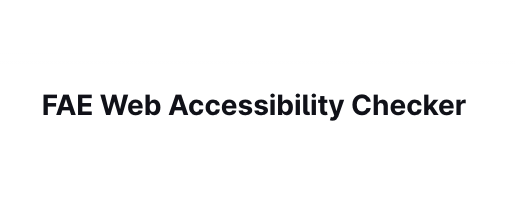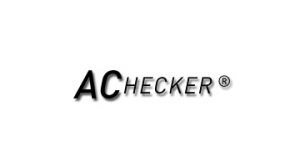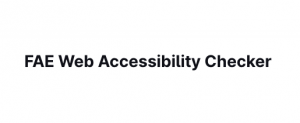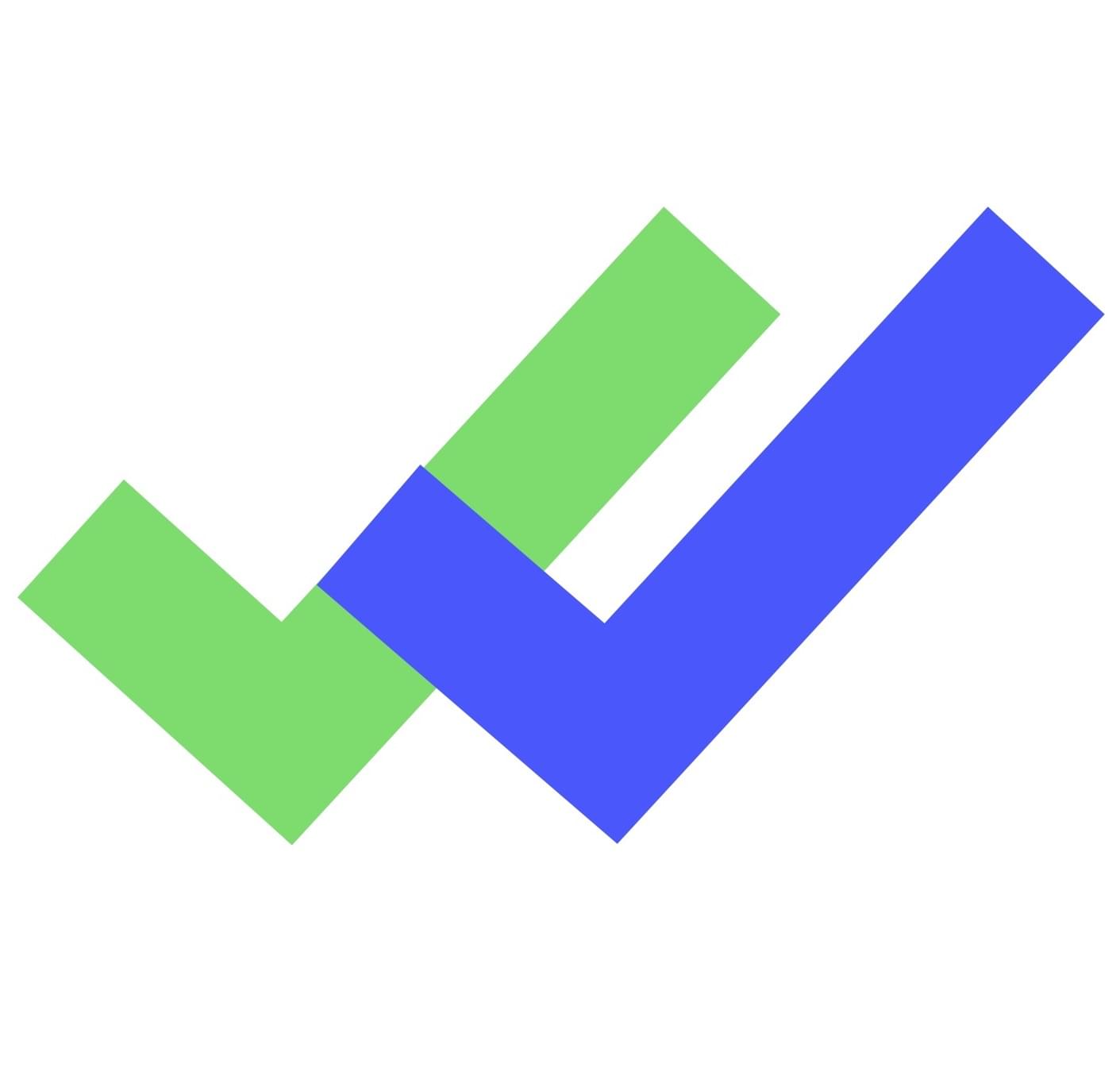Overview
Web Accessibility regulations are becoming more important day by day. New guidelines are added every day, and that is making website owners more aware of the importance of finding the right web accessibility checker. Numerous options are available, but choosing one is depending on the specific purpose of the checking methodology. We have reviewed FAE’s pricing and features for 2021.
One of the best solutions is the Functional Accessibility Evaluator or FAE accessibility checker. This tool is rich in diverse functions that will help site owners scan a specific page, several different pages, or even a complete website. The FAE web accessibility checker is based on W3C guidelines in compliance with all available regulations.
In this FAE review, we’ll go over some of the most useful FAE features and options, as well as other aspects of the checker. Hopefully, some of the website owners’ biggest questions will be answered as we set out to uncover all the FAE evaluation benefits.
FAE web accessibility checker overview
The Functional Accessibility Evaluator provides numerous benefits for registered users. The tool operates impeccably for years now, and it even offers the possibility to run a single page scan for free. It’s not necessary to have an account for this cause, however, the full-access FAE offers much more than that. First off, it’s important to state that the evaluation is based on WCAG 2.0 guidelines of A and AA requirement levels.
Users can therefore rest assured of the checker’s functionality and legitimacy. Registered users have the chance to run a full website scan or even check multiple pages simultaneously. All reports are saved for a further check, and the list of checks is displayed after the scan is complete. FAE can significantly improve the website’s compliance with the current web accessibility regulations thanks to its features.
Guidelines used also provide security for the users that the audit will be completed without any issues. FAE web accessibility checker also uses the HTML5 and ARIA techniques and HTML4 Legacy techniques as rule sets. The website owner can decide which technique is best for specific use as both rely on WCAG 2.0 guidelines. However, the two techniques offer a different approach to the scan. Website owners of recent development can hold on to the HTML5 and ARIA approach, while the HTML4 option serves older developments.






